Best telemedicine software
A physician shortage, a large population of older adults, more chronic conditions, plenty of underserved communities mean that the market for telemedicine is going to grow. In fact, by 2025, the telehealth market is expected to grow to $55.6 billion, up from $25.4 billion in 2020. Software and services form the largest part of this market, which means there are plenty of telemedicine software providers.
Telemedicine software isn’t just one particular tool. Instead, it’s any technology that enables healthcare providers to diagnose and treat their patients remotely. This can include video chats, phone calls, data from wearable devices, emails, and forms used to collect patient data.
When choosing technology to facilitate these virtual visits, it’s important to keep in mind that the best telemedicine software of 2023 includes a few key features. At the top is HIPAA (Health Insurance Portability and Accountability Act) compliance; even minor violations can result in hefty fines and lawsuits.
In addition, make sure what you choose works for your patients and the medical specialty you practice. That includes making sure the telemedicine software integrates with your existing electronic health records (EHR) software to make it easier to work with patient histories.
1. Jotform
Intake forms are an important part of telemedicine, particularly when you’re seeing new patients. Jotform offers HIPAA-friendly online forms through its HIPAA plans.
Providers can also obtain e-signatures from patients and embed a payment form on their website so that patients can easily pay their bills. Jotform has several premade HIPAA-friendly form templates available.
Regular pricing for Jotform HIPAA plans starts at $99 per month and includes 5,000 monthly submissions and 100 forms.
2. Doxy.me
Billed as the “simple, free, and secure telemedicine solution,” Doxy.me is a browser-based mobile-friendly app that lets providers hold video conferences with patients. Providers can set up personalized waiting rooms, save meeting histories, and communicate with patients by text. The company states that it complies with HIPAA and the Health Information Technology for Economic and Clinical Health Act (HITECH) due to its security and encryption features.
Doxy.me’s free plans include unlimited minutes and sessions, a personalized URL, a waiting room, text chat, and meeting history. Plans that allow for SD and HD video, as well as audio-only calls, start at $35 per month.
3. AMC Health
Healthcare providers that are looking for a full-featured telemedicine software suite may want to consider AMC Health. This platform allows providers to remotely monitor patients with Bluetooth-connected devices like blood pressure monitors.
Providers can conduct video appointments and monitor patient progress. They can also receive alerts and review analytics and benchmarking statistics for patients.
AMC Health doesn’t list pricing information on its website. You’ll need to contact the company directly for a price quote.
4. Secure Telehealth
Like other telemedicine software providers, Secure Telehealth offers features that help with HIPAA compliance, a virtual waiting room, and the ability to conduct video appointments with patients. It’s standalone software, so if a provider needs to enter notes into an EHR system, they will have to open their EHR software to take notes during the appointment.
Secure Telehealth doesn’t require a contract term to use its software. The company offers a free 14-day trial, but for pricing information, you’ll have to contact them directly.
5. ChARM Telehealth
A component of ChARM’s full suite of products for healthcare organizations, ChARM Telehealth is a cloud-based app that lets providers conduct video appointments with their patients.
Providers and patients can share images and videos, and providers can share visit summaries on a patient portal. Providers using ChARM’s EHR software can also send prescriptions to pharmacies and orders to labs.
ChARM Telehealth is an add-on to the full suite of ChARM products that include EHR, practice management, medical billing, and other software components. ChARM offers a free plan for a single provider and up to 50 encounters per month. The Telehealth option costs an additional $20 per month per provider.
6. VSee
For providers that want to start off with just video calls and chat, and possibly upgrade to remote visits and monitoring later on, VSee is a worthwhile option to explore.
The Basic plan offers HIPAA-friendly video and messaging, along with a virtual waiting room and an intake process for solo practitioners. The Enterprise version adds a virtual front desk, an urgent care line, custom branding, and credit card payments.
Pricing starts at $29 per month, per provider for a plan with unlimited group video. To add features like patient routing and remote patient monitoring, you’ll need to contact VSee for pricing.
These are just a few of the best telemedicine software providers of 2025. Considering how much traction telehealth is gaining, it’s important to examine what you need and how you can get started. For example, you might choose standalone solutions for video conferencing and patient intake before diving into a full package.
Since telemedicine is a collection of products, investigating different software providers for specific needs can help you choose the right solution for your practice, and even make telemedicine a permanent part of your business.









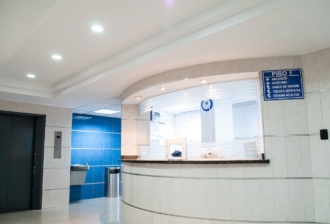



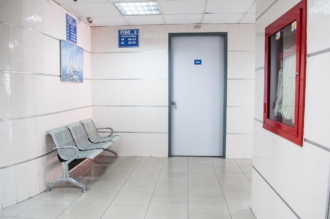




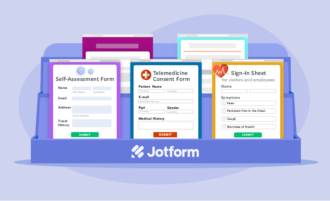










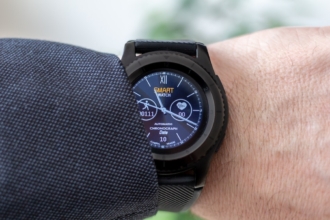

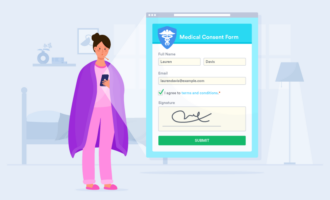
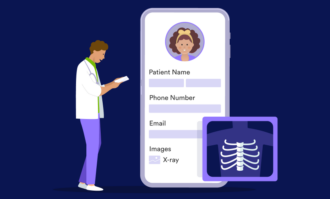








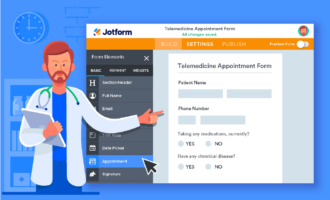




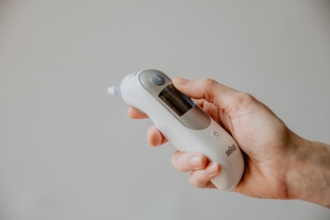

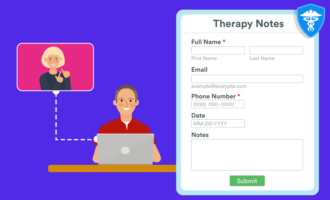
Send Comment: